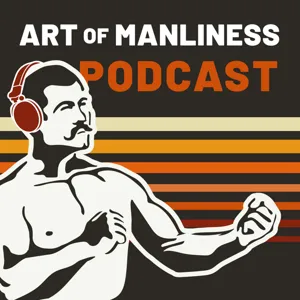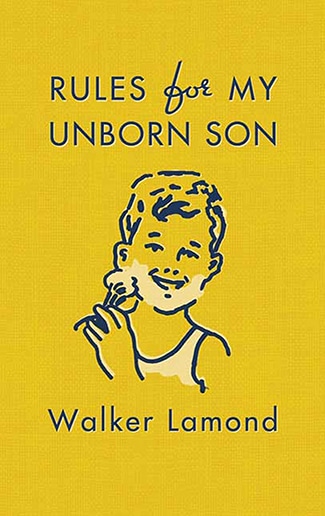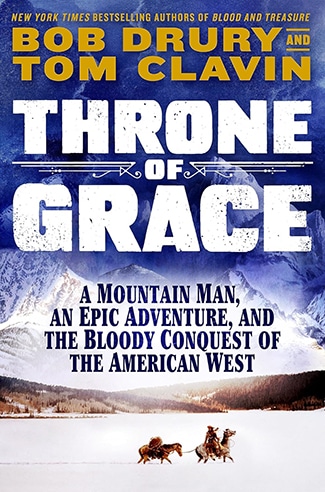Podcast Summary
The History of Recreational Camping in America: Camping, a modern concept, gained popularity in America post US Civil War for escaping modern life & reconnecting with nature. William H.H. Murray's book sparked the trend, leading to mass production of camping gear & standardization of campsites.
Camping as a recreational activity with no specific purpose like hunting or fishing, is a relatively new concept in human history. It wasn't until after the US Civil War in the late 19th century that camping became popular in America for its own sake. This shift was influenced by a desire to escape modern life and reconnect with nature. The first recorded instance of camping for recreation was documented in a book by a New England minister named William H.H. Murray, which sparked the camping craze in America. As more people took up camping, businesses responded by creating and marketing products to make camping easier and more accessible. This led to debates about the most authentic form of camping and the standardization of campsites. Today, camping remains a beloved pastime for millions of Americans, providing a chance to disconnect from modern life and reconnect with nature.
The late 1800s saw a rise in the popularity of camping as a way to escape urban life and reconnect with nature.: During industrialization, people sought relief from cities and technology through camping and the arts and crafts movement.
During the industrialization and urbanization of America in the late 1800s, many people experienced an identity crisis and sought relief from the crowded, polluted cities. This led to the popularity of camping as a way to reconnect with nature, and the arts and crafts movement as a way to resist the influence of urbanization and technology. William H. H. Murray, a Congregationalist minister and avid outdoorsman, played a significant role in the camping movement with his book "Adventures in the Wilderness," which provided practical instructions for urban dwellers on how to camp. This book, along with the broader cultural shift towards self-sufficiency and appreciation for nature, helped kickstart the camping craze in America.
John Muir's book popularized camping in late 1800s: John Muir's book 'Adirondack Mountain Notes' introduced camping, encouraged urban dwellers to escape cities, and led to a significant increase in campers in the Adirondacks, making it a pivotal factor in the development of camping culture in the US.
John Muir's book, "Adirondack Mountain Notes," played a significant role in popularizing camping in the late 1800s. Muir addressed the anxieties of urban dwellers during the post-Civil War era, encouraging them to escape the office and crowded cities. His book was a financial success, with sales leading to a significant increase in the number of people camping in the Adirondacks. Although camping was mostly limited to upper middle class individuals due to the cost and time required, the numbers still saw a substantial increase, from a few hundred to several thousand in just a few years. Camping equipment was heavy and cumbersome, and most people traveled by train or horseback to nearby camping sites. Muir's book not only introduced the concept of camping but also provided a reason for people to want to do it, making it an influential factor in the development of camping culture in the United States.
Camping as an affordable alternative to expensive vacations in late 19th century: Camping was promoted as a cost-effective alternative to pricey vacations, allowing campers to save money by catching their own food and using natural resources for fuel, but concerns about environmental impact were already emerging
Camping emerged as an economical and stress-relieving recreational activity for the upper middle class in the late 19th century, despite initial concerns about cost. Publishers and writers promoted camping as a cost-effective alternative to expensive vacations, such as staying at hotels. They emphasized that campers could save money by catching their own food and using natural resources for fuel. Despite this, there were concerns about the impact of campers on the environment, with early conservationists noting issues like unattended fires and pollution of streams. However, efforts to mitigate these issues were just beginning, with the US Forest Service and National Park Service starting to develop camping facilities to prevent fires and regulate camping practices.
Businesses Catering to Late 19th Century Campers: Camping's popularity led to businesses creating new equipment, recognizing existing products for campers, and inventing new items specifically for the market.
The camping craze in America during the late 19th century led to a surge in businesses catering to campers. These businesses fell into three categories: those that sprang up to provide new camping equipment, those that recognized their existing products had a new market potential, and those that created new products specifically for campers. Companies like Ivory Soap and Eagle Brand Condensed Milk are examples of the second category, while Airstream Trailers represent the third. The market introduction of these conveniences sparked a debate about what constitutes "real camping," with some arguing that minimalist backpacking is the true definition. Overall, the camping industry's growth during this period demonstrates the significant impact of consumer trends on business innovation.
The Debate Between Backpacking and Trailer Camping: Despite the use of different tools, both backpackers and trailer campers find satisfaction in the camping experience through shared rituals like pitching tents and starting campfires.
The debate over different modes of camping, such as backpacking versus trailer camping, has existed since the early days of camping due to the acceptance of varying levels of technological presence in nature. Camping is a form of anti-modern activity, and the use of technologies like trailers or backpacks does not make campers any more or less satisfied with other modes. Rituals around camping, like pitching a tent and starting a campfire, have been a part of the experience since the late 19th and early 20th centuries. The closing of the American frontier in the early 20th century may have led to a renewed interest in camping as a way to connect with nature and create new experiences. The campfire, in particular, has remained a strong ritual symbol for campers of all modes.
The cultural significance of camping grew with the closure of the frontier: Camping became a way for people to connect with nature, foster American identity, and promote democracy, popularized by the automobile's widespread availability in the 1920s, and continues to be seen as 'America's playgrounds' where all can connect.
The frontier's closure led to an increased cultural significance of camping as a way to connect with nature, foster a sense of American identity, and promote democracy. The automobile's widespread availability in the 1920s further popularized camping by making it more accessible to the masses. Camping became a means for people of diverse backgrounds to interact and feel a shared sense of Americanness. The parks were seen as "America's playgrounds," where all Americans could come together and connect with nature. This cultural significance of camping continues to persist today.
The automobile revolutionized camping in America: The automobile led to the creation of modern campgrounds with fixed sites, roads, and regulations to protect the environment and enhance the camping experience.
The automobile played a significant role in the development and popularity of camping in America, facilitating access to wild places and creating infrastructure like campsites and roads. However, it also led to overcrowding and environmental damage at popular camping spots. To address these issues, a plant pathologist named E.P. Meineke was brought in by the National Park Service and Forest Service to design the modern campground system, featuring fixed campsites, roads, and regulations to protect the environment and improve the camping experience for visitors. This system is still in use today.
The 1930s brought structured campsites and long trails for camping enthusiasts: Robert E. Meineke's automobile campgrounds and long trail movement democratized camping, offering structured sites for car campers and dedicated spaces for backpackers.
The development of automobile campgrounds in the 1930s, spearheaded by Robert E. Meineke, revolutionized the camping experience by creating structured campsites that could be managed and controlled by authorities. This unitization of campsites allowed for better protection of the environment and more effective management of overcrowding. At the same time, the long trail movement gained momentum, with organizations like the Appalachian Mountain Club promoting long-distance hiking and the creation of trails like the Appalachian Trail and Pacific Crest Trail. Backpackers, who were becoming more enthusiastic and their equipment was getting lighter, pushed for the creation of these trails to have their own dedicated spaces for camping. Together, these developments democratized camping through cars and backpacking, offering different experiences for outdoor enthusiasts.
Connecting with nature and our ancestors through backpacking and camping: Backpacking and camping, especially long-distance trails, offer a unique and special experience, rooted in connecting with nature and our ancestors, and remain a popular top leisure activity in America with 50 million participants annually
Backpacking and camping, especially long-distance trails like the Pacific Crest Trail, have held a significant cultural appeal in the American imagination for centuries. This form of camping, which requires walking like our ancestors did for thousands of years, offers a unique and special experience. The popularity of camping in America, which began in the late 19th century and continued into the middle of the 20oth century, is not just about affordability but also about connecting with nature and making up for the discomfort of urban living. Today, camping remains extremely popular in America, with at least 50 million Americans going camping every year. This makes it one of the top leisure activities in the country. While camping is also popular in other Western countries, the cultural significance of it is particularly American.
The Cultural Significance of Camping in America during the 1920s: The advent of the automobile made camping accessible to the masses during the 1920s, but its cultural significance may have decreased due to urban comforts and the decline of certain forms of camping like car camping.
Camping was a significant cultural phenomenon in America during the 1920s, with the advent of the automobile making it accessible to the masses. However, while the total number of campers today is much larger, the cultural significance may have waned somewhat due to the increasing comfort and wildness in urban areas. The decline in certain forms of camping, such as car camping, may be attributed to this trend. Terence Young, author of "Heading Out: A History of American Camping," can be found on Facebook under the name "Heading Out" or "Camping in America," and his book is published by Cornell University Press and available in bookstores and online.













